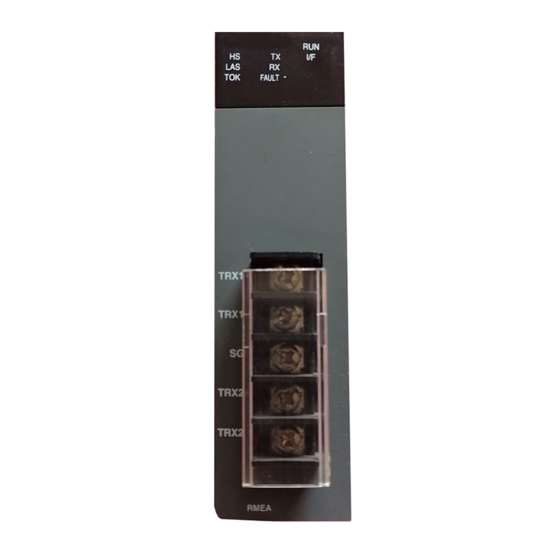
LS ELECTRIC XGT Series User Manual
Programmable logic control ethernet module
Hide thumbs
Also See for XGT Series:
- User manual (1111 pages) ,
- Installation manual (2 pages) ,
- User manual (58 pages)
Table of Contents
Troubleshooting











Need help?
Do you have a question about the XGT Series and is the answer not in the manual?
Questions and answers